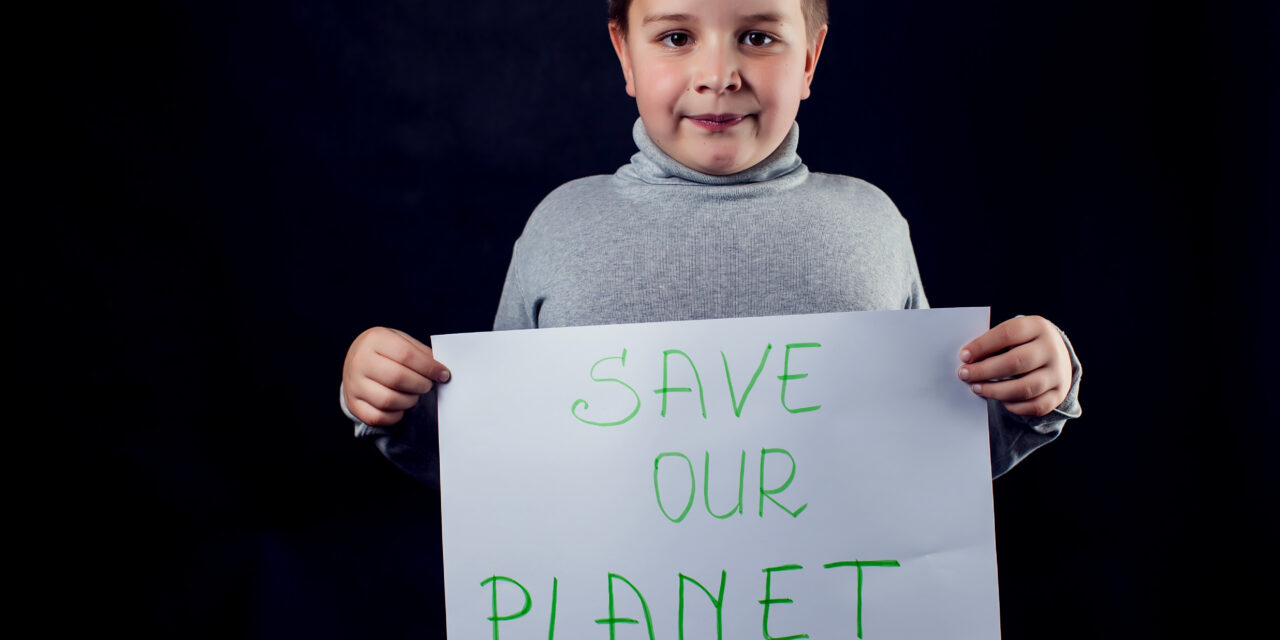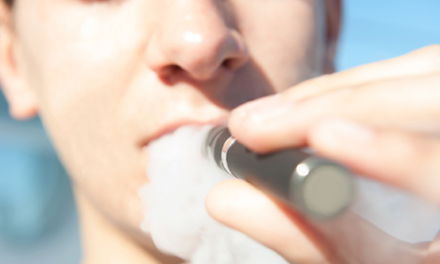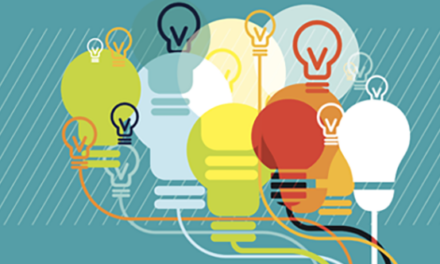Teachers must empower the nation’s young people to fight for a sustainable ecosystem.
In September, as part of the youth-led international climate strike, millions of young people around the world took to the streets demanding action on climate change. In multiple languages and from every continent, they sent a clear message: If environmental damage continues to go unchecked, then our future will be bleak.
In a vivid example of youthful solidarity triumphing over indifference, these demonstrations showed just how quickly a global movement can come together in the digital age, especially when led by young people who sense the urgency of their cause. “We must dramatically accelerate independence from fossil fuels — it’s really important that we start transitioning to renewable energy as soon as we can,” said student organizer Claire Morrison in Edmonton, Canada (Bartko & Mertz, 2019).
High school students, perhaps more than any other demographic, understand the pressing need to bend the steep climb of the warming curve. As temperatures continue to rise, youth see their hopes for a prosperous future dwindling. As of 2015, the planet had warmed by 1o Celsius compared to pre-20th century temperatures, and if current trends continue, global warming is projected to increase by an additional 50% (or .5o Celsius) in the next 10 years alone. As temperatures rise, climate disruptions in the form of extreme weather will get worse (Union of Concerned Scientists, 2018). Today’s young people know full well that environmental catastrophes — including forest fires, intense hurricanes, floods, and the melting of glaciers, with a concurrent rise in sea levels — will affect them directly, and they recognize that the fight against climate change cannot be put off. For them, facing unchecked climate change, the future isn’t what it used to be.
But meeting this challenge will require both children and adults to make real changes in their personal choices, cultural practices, and politics. It will require a widespread ethic of care for ever-fragile natural systems, a collective desire to protect our limited resources for future generations, compassion across national borders, and above all a willingness to work for the common good. And these changes will be impossible without dedicated support from educators.
Teachers at all levels, from preK through adult education, have an essential role to play in preparing citizens for the work that lies ahead — and many of us have begun to shoulder this responsibility. For example, in California, where we work, we’ve seen the rapid growth of a network of university and community partners, scientists, policy makers, and others seeking to strengthen climate change literacy. Across the state, educational leaders have come together to make this an explicit priority for our teacher educators, curriculum developers, and classroom teachers.
We argue that teaching students about climate change, especially environmental sustainability, must become a central goal of our education system. This theme must be woven seamlessly across the curriculum, starting with curiosity about the planet we live in — which is the point of departure for all scientific thinking — and, over time, encouraging youth to take an active part in the search for ways to limit and reverse environmental degradation.
At the same time, we recognize that this will require a serious commitment to professional development. Educators must have the learning opportunities, resources, and other supports they need to:
- Help students understand that all of the natural resources we enjoy today are limited and will have to be preserved for future generations.
- Teach about the intricate ways in which human sustainability is linked to the health of our natural world.
- Encourage students to expand their perspective beyond a narrow focus on their own individual success to include a broader concern for our shared future.
- Teach a healthy respect for scientific methods, data collection, and evidence-based reasoning, as well as an understanding of the ways in which science contributes to wise policy making about how best to manage and sustain natural resources.
- Empower young people to become effective stewards of the natural world, joining in wider efforts to fight climate change and preserve our environment.
This agenda is ambitious, but fortunately, we do not have to start from square one — at least not in our state. California’s legislature and various agencies have already articulated the need for preK-12 students to become environmentally literate. The state has also created a number of programs (such as the Education and the Environment Initiative, the Blueprint for Environmental Literacy, and the California Regional Environmental Education Community Network) to take on this work. And in our current efforts to develop a climate change literacy plan for preservice and in-service teachers, we can build on various curriculum models, tools, and resources that have already been created by students, faculty, and staff at the California State University and University of California systems.
In their September protests, students made poignant pleas for their schools to prepare them for the challenges that lie ahead. “If we aren’t educated on this topic, there’s no way we can improve as a community,” said Mia Fassi-Fihri, an 8th-grade student at Hillcrest Elementary School in Oakland, California (Johnson, 2019). She is right. It is going to take a societal transformation to wean ourselves from current patterns of consuming fossil fuels and other resources — and that will depend on education. The least we adults can do is to provide our children and grandchildren with the tools they need to fight for a sustainable planet. Every student needs the opportunity to learn about climate change and to act on what they learn for the common good. Our teachers will play a critical part in making that happen.
References
Bartko, K. & Mertz, E (2019, September 27). Edmonton students rallying for action on climate change converge on Alberta legislature. Global News.
Johnson, S. (2019, October 8). Teachers and students push for climate change education in California. EdSource.
Union of Concerned Scientists. (2018). The science connecting extreme weather to climate change. Cambridge, MA: Author.
ABOUT THE AUTHORS

Marcelo Suárez-Orozco
MARCELO SUÁREZ-OROZCO is the Wasserman Dean of the UCLA Graduate School of Education and Information Studies, a member of the executive council of Pope Francis’ Pontifical Academy for Social Science, and author of many books, including Educating the Whole Child for the Whole World (NYU Press, 2010) and Learning in the Global Era (University of California Press, 2007).

V. Ram Ramanathan
V. RAM RAMANATHAN holds the Frieman Presidential Chair in Climate Sustainability at the University of California, San Diego. He is a member of the executive council of Pope Francis’ Pontifical Academy for Sciences and served as the science adviser to Pope Francis’ Holy See delegation for the 2015 Paris summit. He led the University of California team that developed the Climate Solutions education protocol for college students, and he served as lead editor of the open-access textbook Bending the Curve: Climate Change Solutions .










